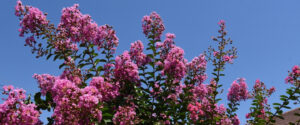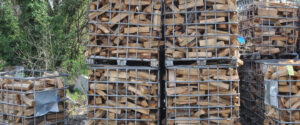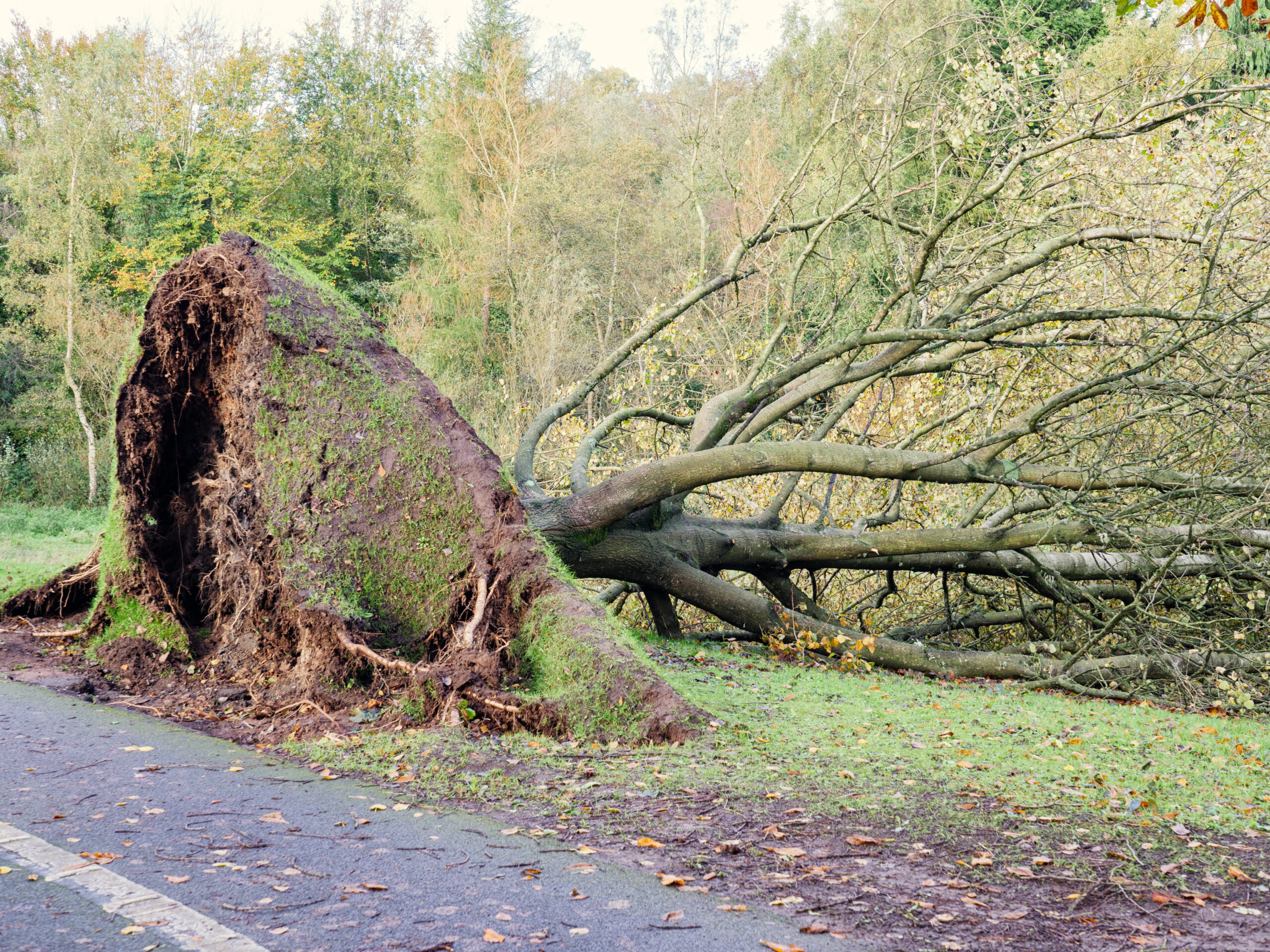Anyone who’s lived in the Greater Baltimore Area for some time knows how unpredictable the weather can be – from nor’easters that bury neighborhoods in snow to sudden summer storms with high winds and heavy rain. And just like the seasons shift, so do the reasons for trimming trees.
This seasonal tree trimming guide breaks down when to prune, what to prune, and what to leave alone, depending on the time of year and the conditions outside.
Key Takeaways
- Winter is optimal for major tree trimming because trees are dormant, which reduces stress and eliminates the risk of pest infestations while providing better visibility of tree structure.
- We recommend trimming spring-flowering ornamental trees after they bloom to avoid removing flower buds that formed the previous season.
- Summer trimming should focus on light, targeted work, like reducing canopy density and improving air circulation, since pests and diseases are most active during this season.
- Limit fall trimming to removing dead branches only because trimming live branches can stimulate new growth that won’t harden before winter frost, leading to damage and tree stress.
Tree Trimming by Season: What to Do (and Avoid) in Baltimore’s Climate
Not all tree trimming is created equal, and when you trim can matter just as much as how you trim. Each season offers a different opportunity to support your tree’s health, structure, or safety. But if you prune too aggressively or at the wrong time, you risk stressing or even killing your tree.
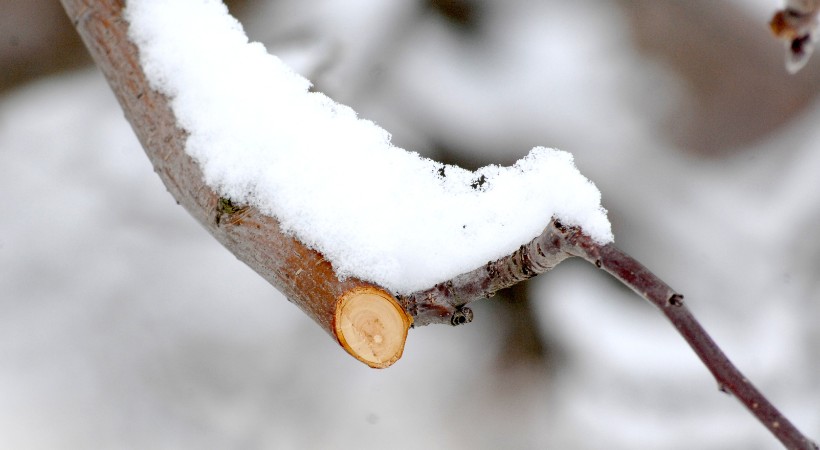
Snow resting on a recently trimmed apple tree branch in Perry Hall, MD.
Perform Major Tree Trimming in Winter for Best Results
Winter is the best season for major tree pruning. The reason is simple: trees are dormant in the winter. Dormant trimming has several benefits for your trees, such as:
- Lower stress
- More time for trees to compartmentalize the wound (naturally seal and isolate damage)
- No risk of infection from insects and diseases
- Better view of the structure of the tree
“People often think trimming is about what looks good right now, but winter gives us the chance to correct structural issues that aren’t visible when leaves are in the way. It’s when we do some of our most important work for the long-term health of the tree.” – Zach Riley, Licensed Tree Expert at A-AAA Tree Service
Some of the branches to consider removing in the winter include:
- Dead, damaged, or broken branches that are more prone to fail during a snowstorm
- Overly long branches that leave your tree unbalanced and increase the risk of storm damage
- Branches that are encroaching on structures or utility lines
In the Baltimore area, oak, maple, tulip poplar, and pine are among the most common species we trim in winter.
Trim Spring-Flowering Trees After They Bloom
While winter is ideal for trimming most trees, it’s not the right season for all of them, especially spring-flowering ornamentals. These trees form flower buds on “old wood,” meaning the blooms develop on last year’s growth.
If you trim them in winter, you’ll likely cut off those flower buds and reduce spring blooms. Instead, wait until after your tree has finished blooming to prune. That way, you preserve the flowers and still shape the tree before it starts producing next year’s growth.
Shape and Thin Canopies with Strategic Summer Trimming
Summer isn’t the season for heavy pruning, but that doesn’t mean you should put your shears away completely. With pests and diseases at their peak, any cuts you make become vulnerable entry points. That’s why summer trimming must be light, deliberate, and well-timed.
One major advantage of trimming in summer is visibility. With the canopy fully leafed out, it’s easier to assess the tree’s structure and identify issues like overly dense areas, rubbing branches, or limbs growing too close to structures.
A key summer goal is thinning the canopy – a selective process that improves airflow and light penetration. Better air movement discourages mold, mildew, and fungal diseases, while also reducing humidity that pests thrive in.
Watch for crossing or competing branches and remove one to allow the other to thrive. This type of structural pruning supports long-term tree health and helps reduce storm damage later in the year.
Limit Fall Trimming to Removing Dead or Hazardous Branches
Fall is the one season when major trimming is typically discouraged. That’s because cutting back live branches can trigger new growth just as trees should be preparing for dormancy. This fresh growth won’t have time to harden off before freezing temperatures arrive, making it more susceptible to frost damage, stress, and dieback.
That said, not all fall trimming is off-limits. In fact, it’s the perfect time for deadwooding or removing dead or broken branches that pose safety risks. Dead limbs are much more likely to snap under the weight of snow or in high winds, especially during winter storms like the one that hit the Baltimore area in February 2025.
By proactively removing deadwood in the fall, you reduce the risk of property damage, personal injury, and emergency cleanup later. While no tree is ever completely risk-free, fall deadwooding is a smart step toward a safer winter landscape.
WARNING: Trimming live branches in the fall can stress your tree and waste its energy. This is just one mistake homeowners make when caring for their trees themselves. To learn more about the dos and don’ts, see our previous article on homeowners’ common trimming mistakes.
Frequently Asked Questions About Seasonal Tree Trimming
With how vital tree trimming is, we always try to educate our customers and neighbors on why we do it. Below, we’ve answered some of the common questions we hear from homeowners about tree trimming.
Can I trim trees myself?
You may be able to trim small trees on your property, assuming you have the knowledge and tools to complete the job. However, large shade trees require the help of a reputable professional company. They have tools like a bucket truck and rigging equipment that allow them to reach the upper portions of the canopy safely.
How much can I trim from my trees at one time?
It’s always better to keep your tree trimming light, as overdoing it can leave your tree without the needed leaves to perform photosynthesis. Generally speaking, keep trimming limited to no more than 25 percent of the canopy at a time, though it should ideally be lower.
How often should I trim my trees?
In most instances, we recommend trimming most mature trees once every 3-5 years. However, if you haven’t had professional trimming done in many years, getting a tree back to its proper shape may require more frequent attention.
Young trees require trimming more frequently to help shape them and avoid the development of poor structure. This may mean yearly trimming for the first few years.
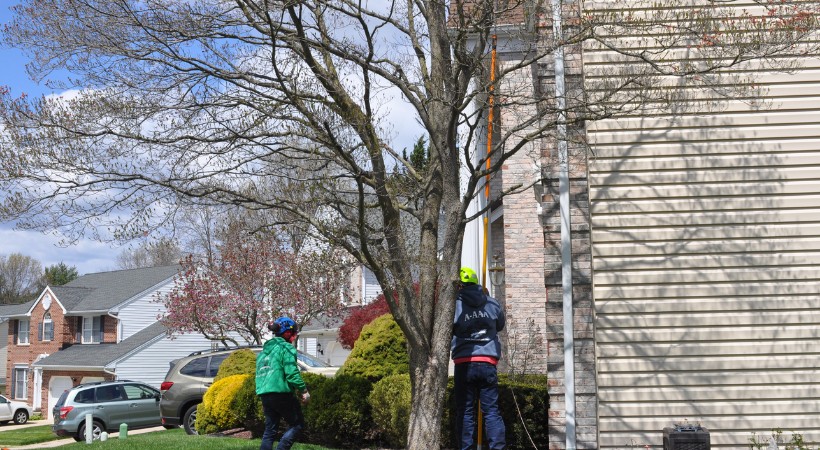
Two members of the A-AAA Tree Service team are performing tree trimming in Kingsville, MD.
Trust A-AAA Tree Service for Expert Seasonal Tree Trimming in Baltimore
Knowing when and how to trim your trees makes all the difference. Each season brings its own challenges and opportunities – that’s why it pays to work with professionals who understand the science behind seasonal tree trimming.
At A-AAA Tree Service, our licensed experts take the guesswork out of trimming. We’ve been helping homeowners across the Greater Baltimore Area since 2002, and we know exactly what your trees need – whether it’s structural pruning in winter, shaping in summer, or careful deadwooding in the fall.
If your trees are overdue for a trim, let’s get them back on track. Call us today at 410-321-0921 or request an estimate online.
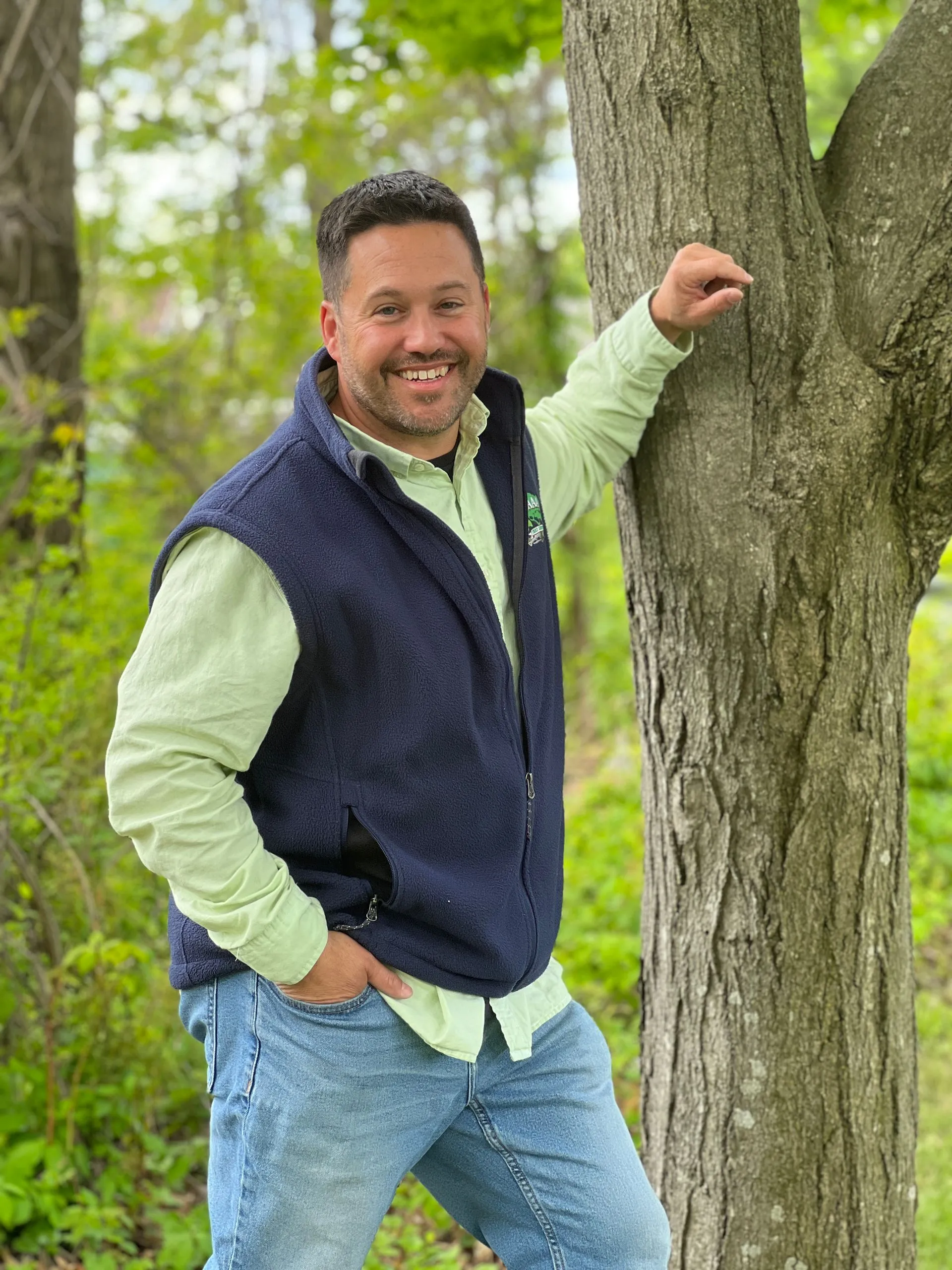
Andrew Senker got his first chance at management in 2003 when he started an IT consulting company that worked with some of the largest banks in the world. After 7 years with the firm, he transitioned to the wireless sector for 13 years, lending his expertise and ability to manage people and projects. In 2022, he purchased A-AAA Tree Service, determined to bring his knowledge to the tree service industry.
Related Articles
Baltimore’s Guide to Winter Trimming for Magnolias, Dogwoods & Other Flowering Trees
Your flowering trees are already deciding how they’ll bloom next spring. Winter trimming in Baltimore helps turn weak blooms into a full, vibrant show.
Tree Trimming Costs in Baltimore: 8 Factors That Affect Your Quote
Wonder why your neighbor’s tree trimming quote was lower? From city permits to tricky yard access, see what really drives pricing in Baltimore.
6 Reasons Why Buying Local Firewood Protects Trees and Communities
Learn why Baltimore County residents choose local firewood delivery to protect against invasive species and support the local economy.

